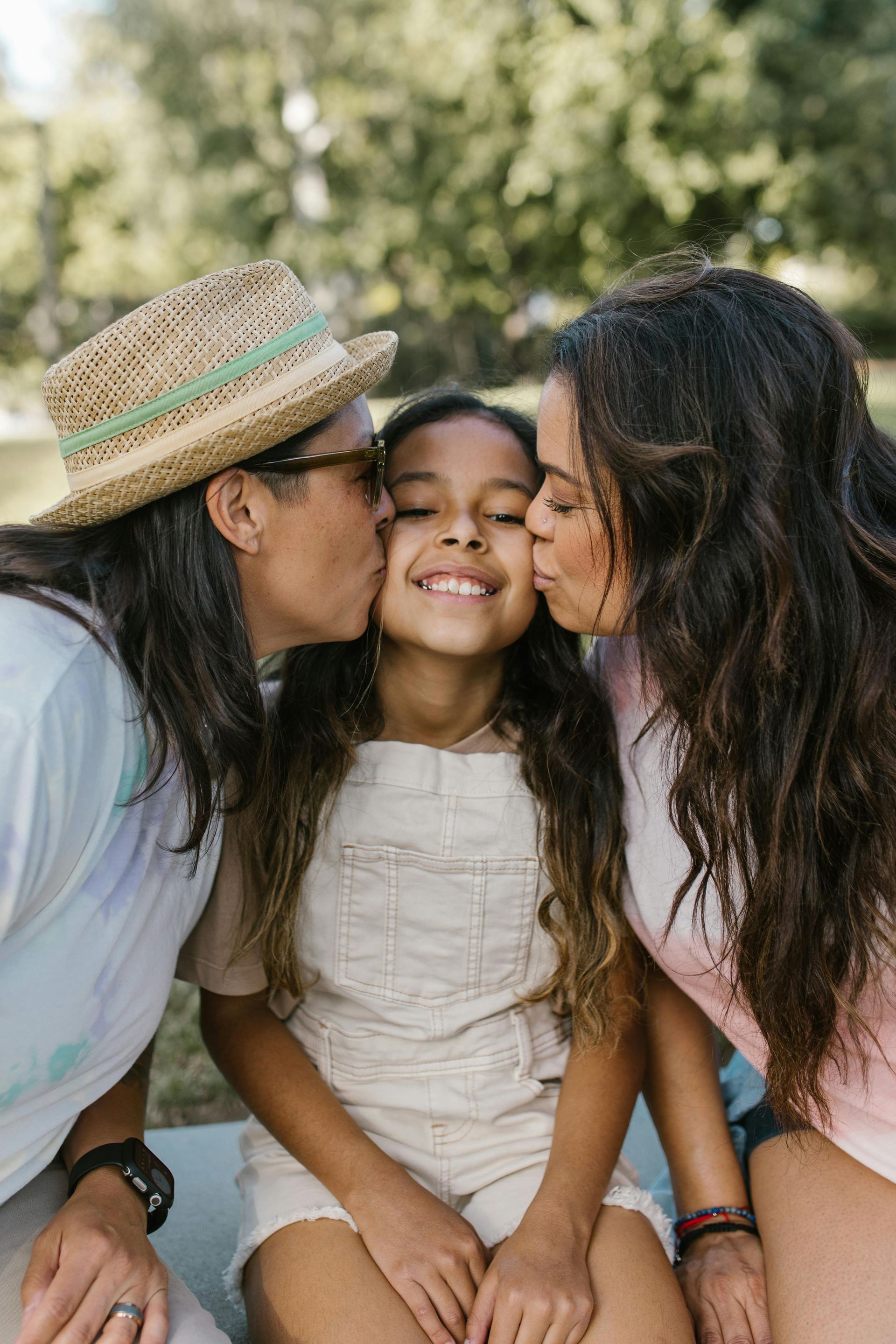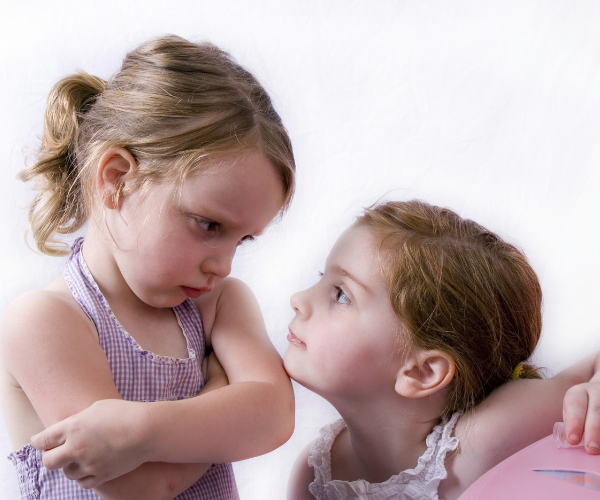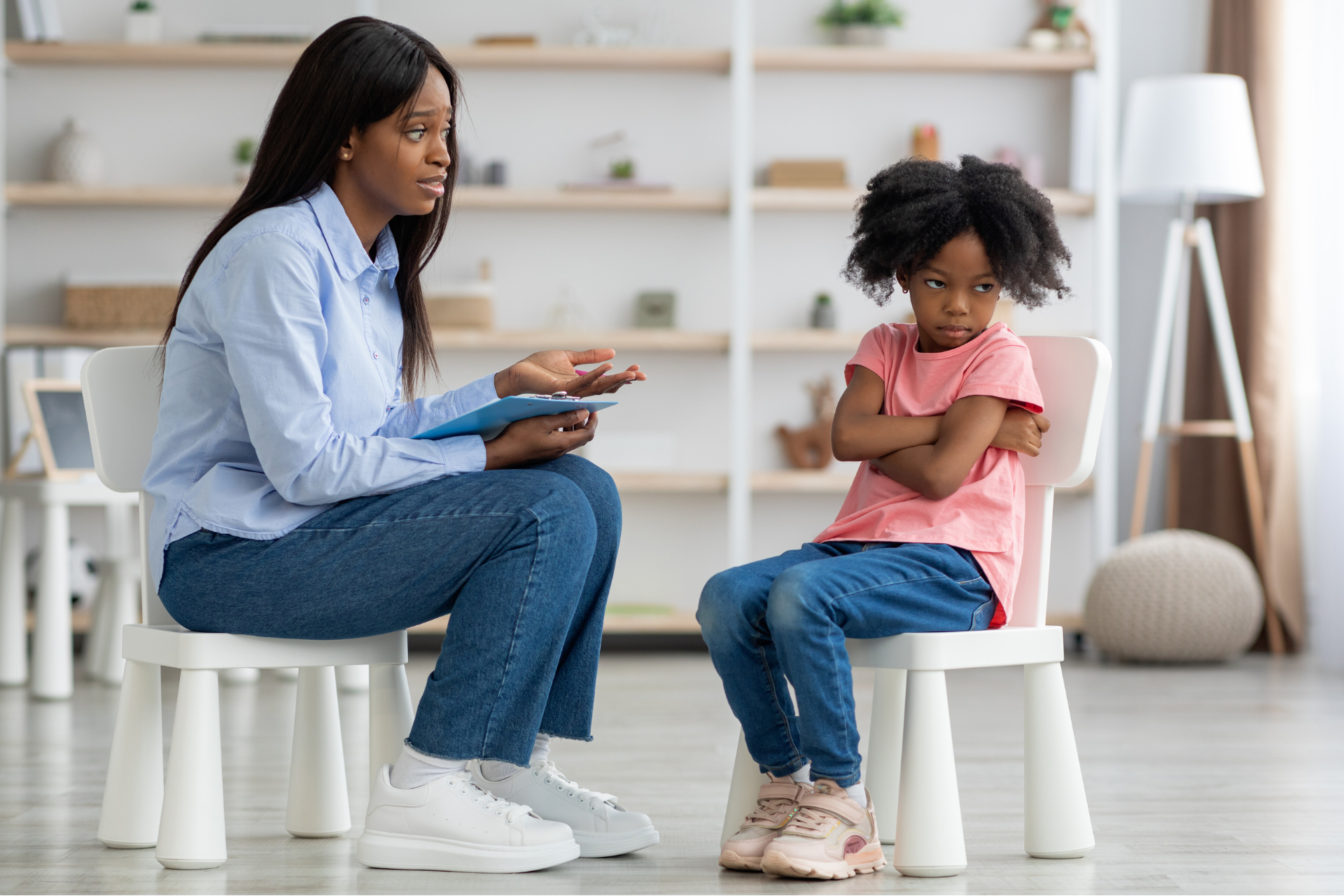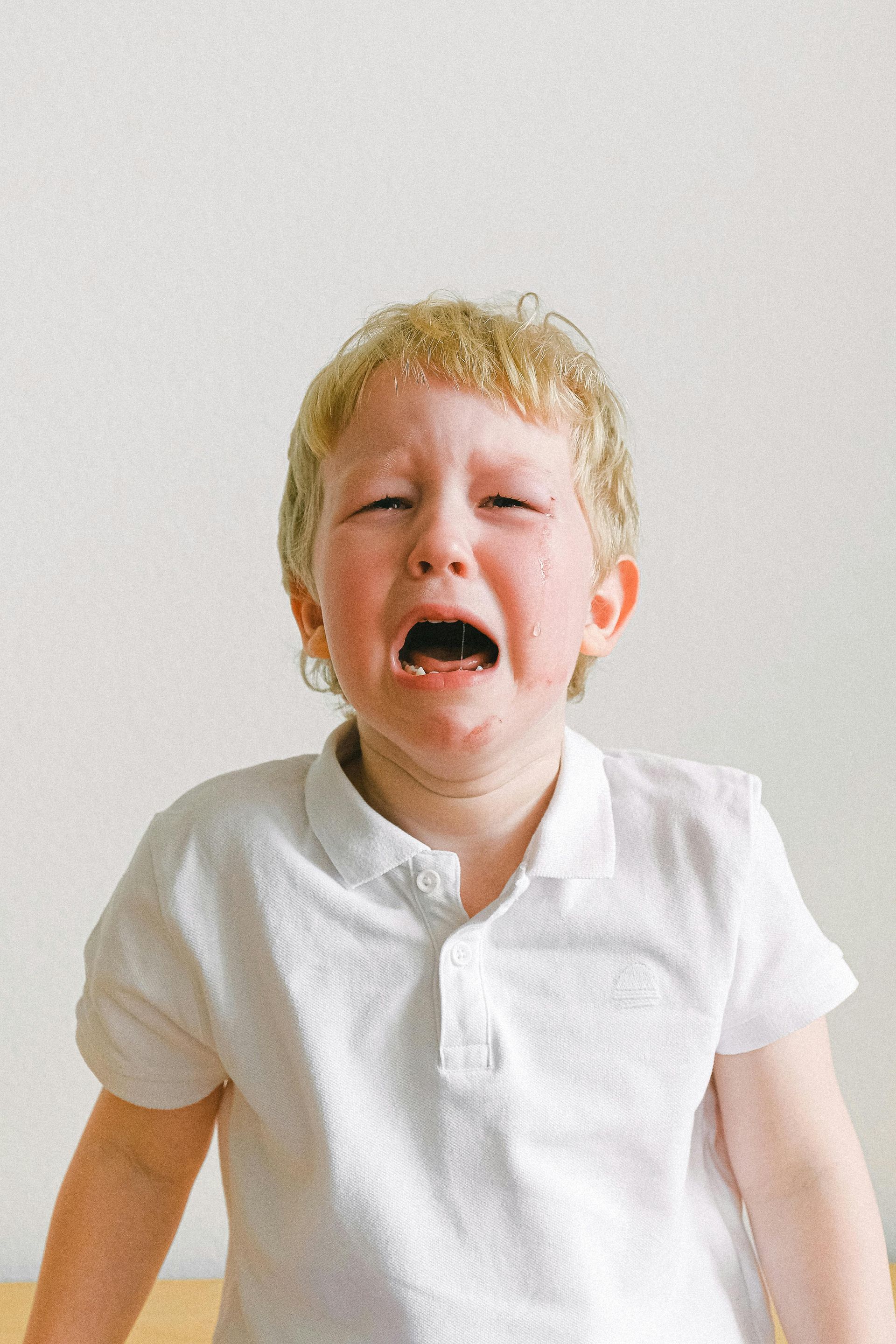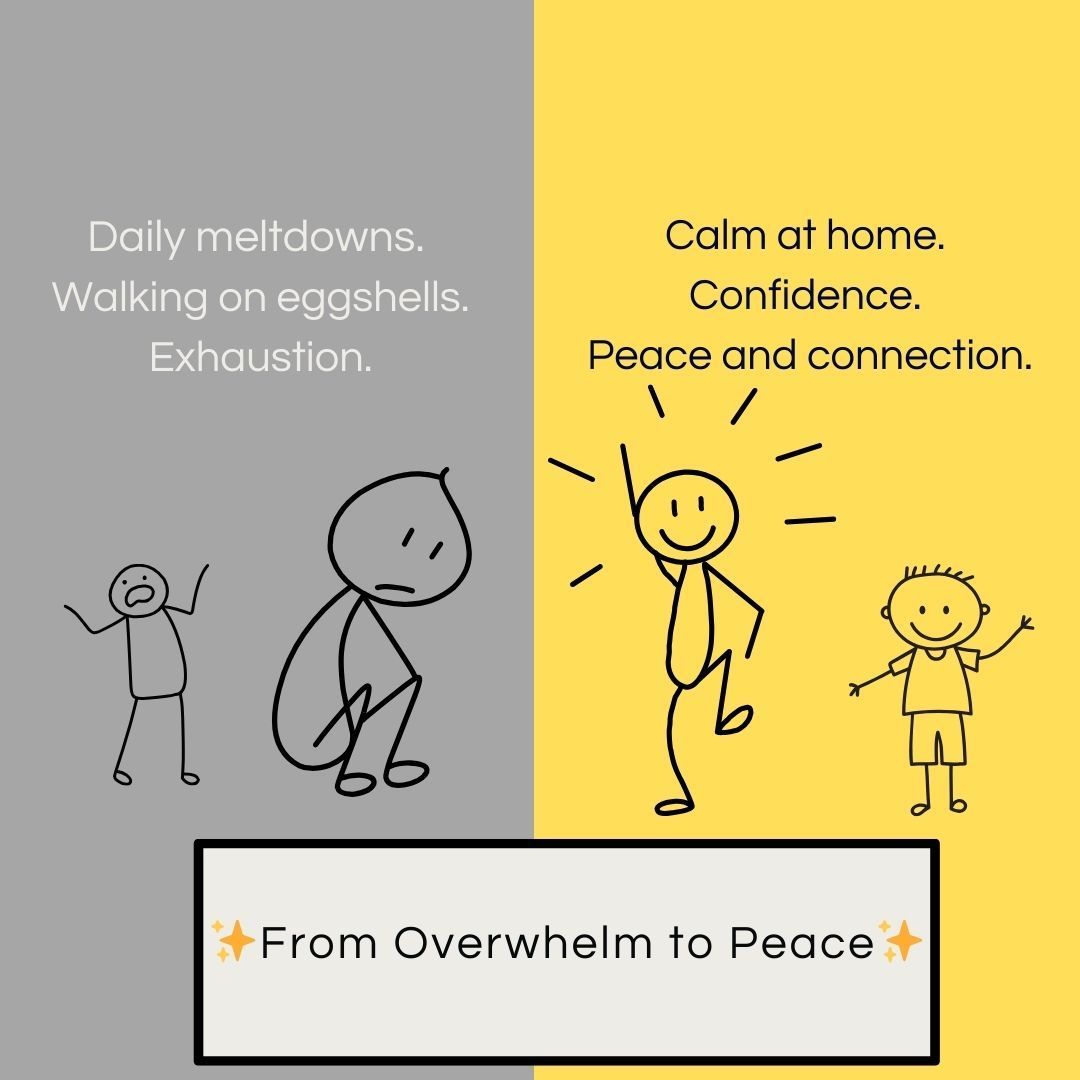Why calm is contagious

The plane drops suddenly, and I feel my stomach clench.
Then I hear the Captain’s soothing voice.
“This is your Captain speaking. We’re experiencing a little turbulence for the next couple minutes. I’ve put the fasten seatbelt sign on, and I’ve asked the flight attendants to stay seated until we can get beyond it, then I will turn the light back off.”
********
Immediately I feel better. The turbulence continues for a couple minutes, but I feel soothed.
This is a powerful example of something called co-regulation. Connected parents do this intuitively with their child frequently. More colloquially, it is known as: “calm is contagious.”
And it turns out this co-regulation is critical to our children learning to calm themselves, and to become resilient, healthy adults.
*******
Co-regulation is when the parent provides support, coaching, and modeling for the child to understand and modulate her own feelings, thoughts, emotions and behaviors.
Let’s look at the pilot situation more carefully, and what he has done to help the situation.
1.) The pilot models calmness with the pitch and speed and matter of factness of his voice
2.) The pilot names the problem, and describes a plan, creating reassurance
3.) The pilot communicates honestly and with transparency, establishing trust
Intuitively, these are the exact behaviors connected parents do to create calm in their children.
Knowing this, we can optimize how our families function by choosing to create more co-regulation in our families.
*******
All of us are born with very little ability to regulate or self-soothe our own emotions and behaviors. Over time, with modeling and support from our primary care-givers, we get better at soothing our own emotions, although even adults can all dysregulate when life becomes too stressful.
But what may be not fully appreciated is how much families continue to co-regulate each other's emotions, sometimes calming one another, but also potentially agitating one another—even out of the newborn period.
This is part of why, when a child has a tantrum, most parents will become very triggered and dysregulated. The child’s strong emotions are hijacking the parent’s calm emotions. This can become a dangerous feedback loop if the adult is not able to find ways to self-regulate, and is why parents frequently find themselves also melting down when their child's emotions are out of control.
**********
Since we know that our children are relying on our calm to help them self-regulate, how can a parent optimize their own self-regulation and calm?
Parents can invest time and energy in the things that help them become and stay regulated.
The list may be different for everyone, but includes: meditation/prayer; exercise; adequate sleep; time in nature; supportive social connections; calming music; reading; therapy; coaching
Family rituals can also help create calming co-regulation. Examples of include: getting tucked in at bedtime; reading stories together; family mealtimes; snuggling; rough-housing play (the parent needs to stop it if the child is becoming dysregulated)
********
We all dysregulate at times. This is nothing to be ashamed oft. But knowing "calm is contagious," means everyone benefits when you create more calm in your life.
Life can be full of unpredictable turbulence, but don't worry, because your Captain has a plan to manage and get through it.




